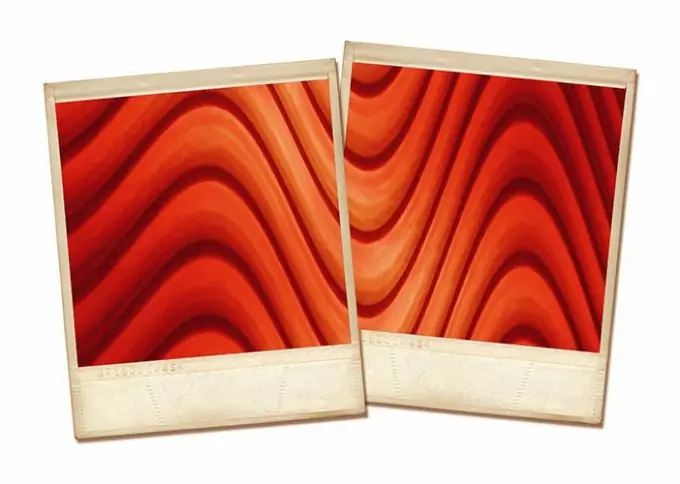- Author Lauren Nevill [email protected].
- Public 2023-12-16 18:48.
- Last modified 2025-01-23 15:15.
If you are a photographer and post your work on the Internet (for example, in blogs or photo albums), then sometimes there may be a problem with copyright protection. As a rule, such works are placed in high resolution and it will not be difficult for any person to copy this photo for himself and assign authorship. But there are a number of simple actions that will save your work from the encroachment of "plagiarists".

Instructions
Step 1
Shoot in RAW format - strong proof that you are the photographer. Accordingly, all copyrights belong only to you. Therefore, when shooting, turn on either the "RAW only" mode, or the dual mode, in which photos will be saved in two formats at once, RAW and JPEG.
Step 2
Do not post photos in very high resolution on the Internet, from which you could make a good quality paper photo of 10x15 centimeters or more. Because now not only Internet publications, but also print media sin with misappropriation of someone else's authorship.
Step 3
Do not transfer files in RAW, PSD and other "working" formats, even to the customer, as a PSD file from Photoshop can be a proof of your work on the photo.
Step 4
Enter information about yourself in the camera settings in the special fields (owner / owner, author / author, etc.). As a rule, such data as name, surname, patronymic of the author are indicated. Also, some authors provide their contact information. It is clear that you should indicate only real information about yourself.
Step 5
If possible, then crop the original picture. Almost any photo editor allows you to do this. Let the photo be 50 pixels smaller on each side, but only you will have the complete photo.
Step 6
When posting on the network, be sure to put on the photo Watermark (aka watermark), which indicates the following data: © author's name and surname, year of first publication. For example: © Ivan Ivanov, 2011). If the photo is published under a pseudonym, provide a link to your site. The © symbol indicates the exclusive right to own the photo and is regulated by law.
Step 7
Burn your photos to discs at the end of the session, print them on paper. By analyzing the date of the disc recording or photo printing, you can establish the primary authorship of the work.






